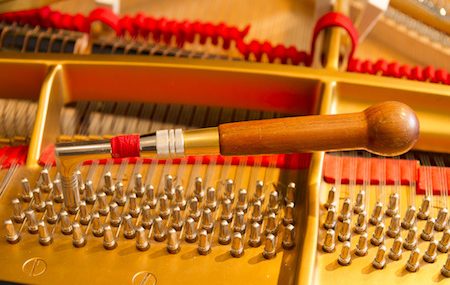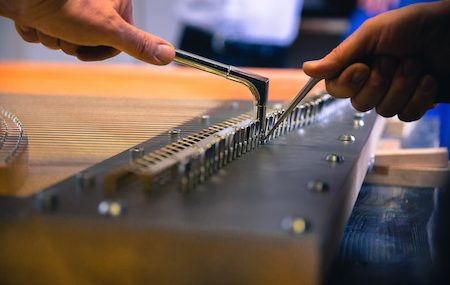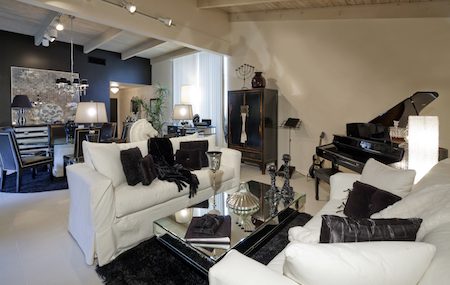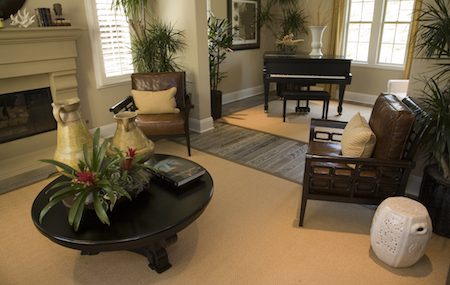For some people, playing the piano is more than just a hobby. It’s a central part of their lives.
Does that describe your relationship with your piano?
Does it sit center stage in your family room? Have your kids all learned to play? Do you sit down at the keyboard to lose a little stress? Does your entire family gather around for sing-a-longs on a regular basis?
Piano isn’t just a hobby. It’s a way of life for some people.
But maybe you’ve upgraded your home, and you’ve decided it’s time to upgrade your piano as well.
As much as you’ve loved your starter piano, it’s time for something grander. Possibly a baby grand. You’ve always pictured a sleek baby grand becoming the center of your new music library.
Who do you trust?
Thanks to the internet, you can do as much research as you want. You can find individuals trying to sell off their own pianos. You can find dealers in your local area, promising they can make you a deal and get you the piano of your dreams. Who do you trust?
If you don’t live in Memphis, why would you even look at a piano dealer who resides in Memphis? Shouldn’t you look a little closer to home?
Maybe not. We’ve been in the business for decades. We don’t just know a thing or two about pianos; we live it, breathe it. We can help you find the right new piano, or hunt for the perfect used or vintage piano to suit your needs. Moving – we offer moving services. In need of piano tuning or restoration services? We can help there too. And if you have the perfect piano in mind – you know exactly what make or model you’re looking for – we can help locate it and ship it to you, no matter where you are.
Our business is pianos. You don’t have to be in Memphis to take advantage of our superior customer service. Just call; we’re ready to help you today.











